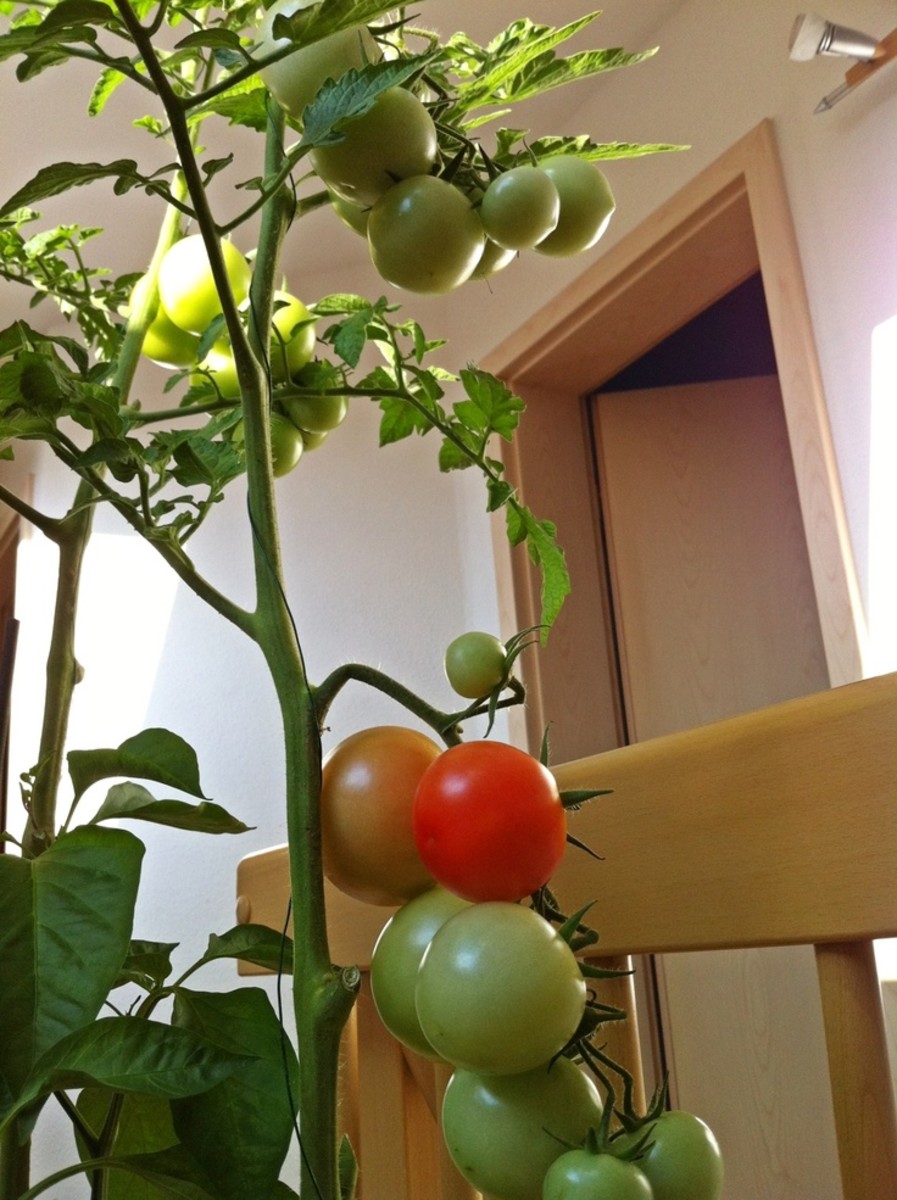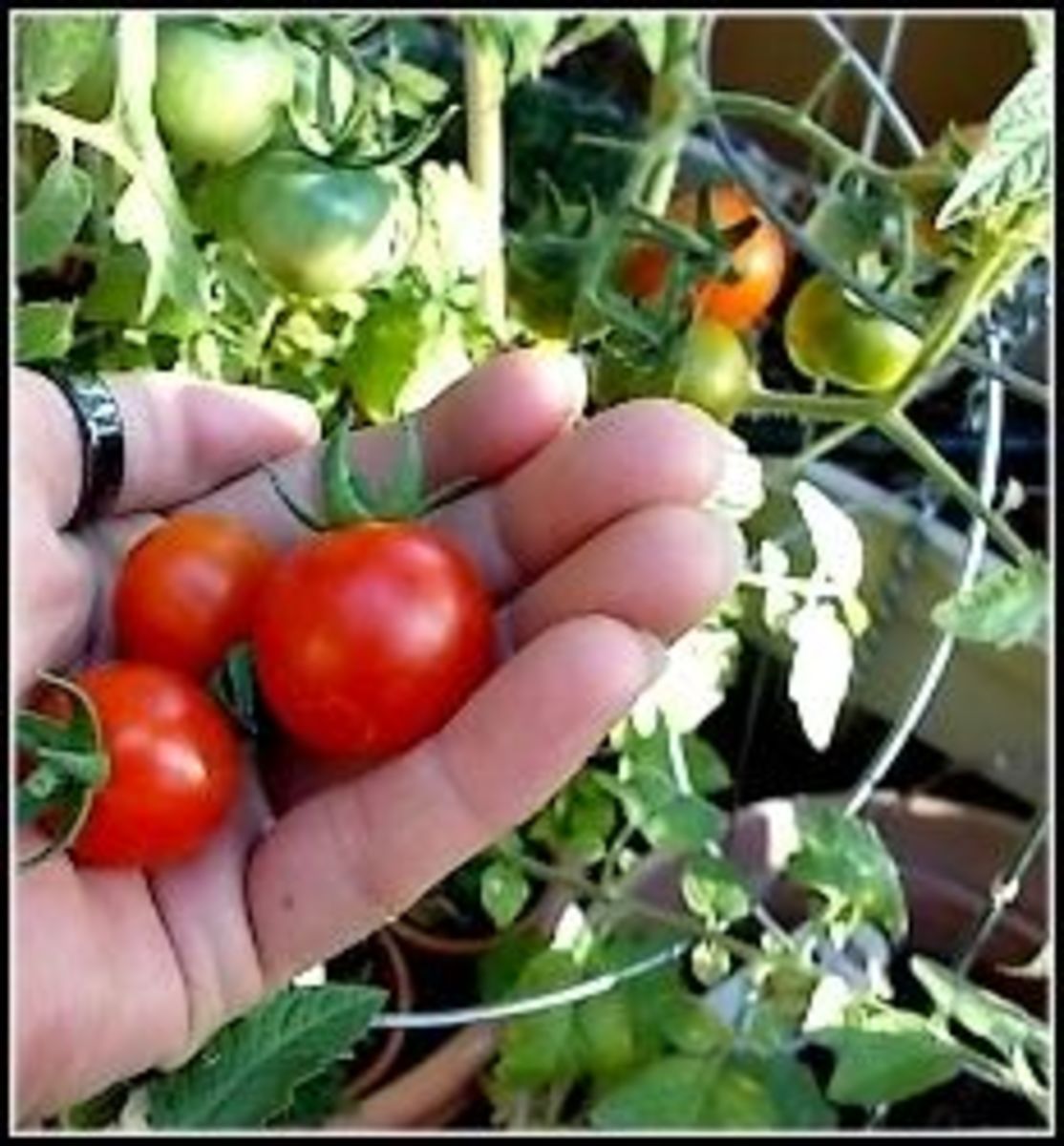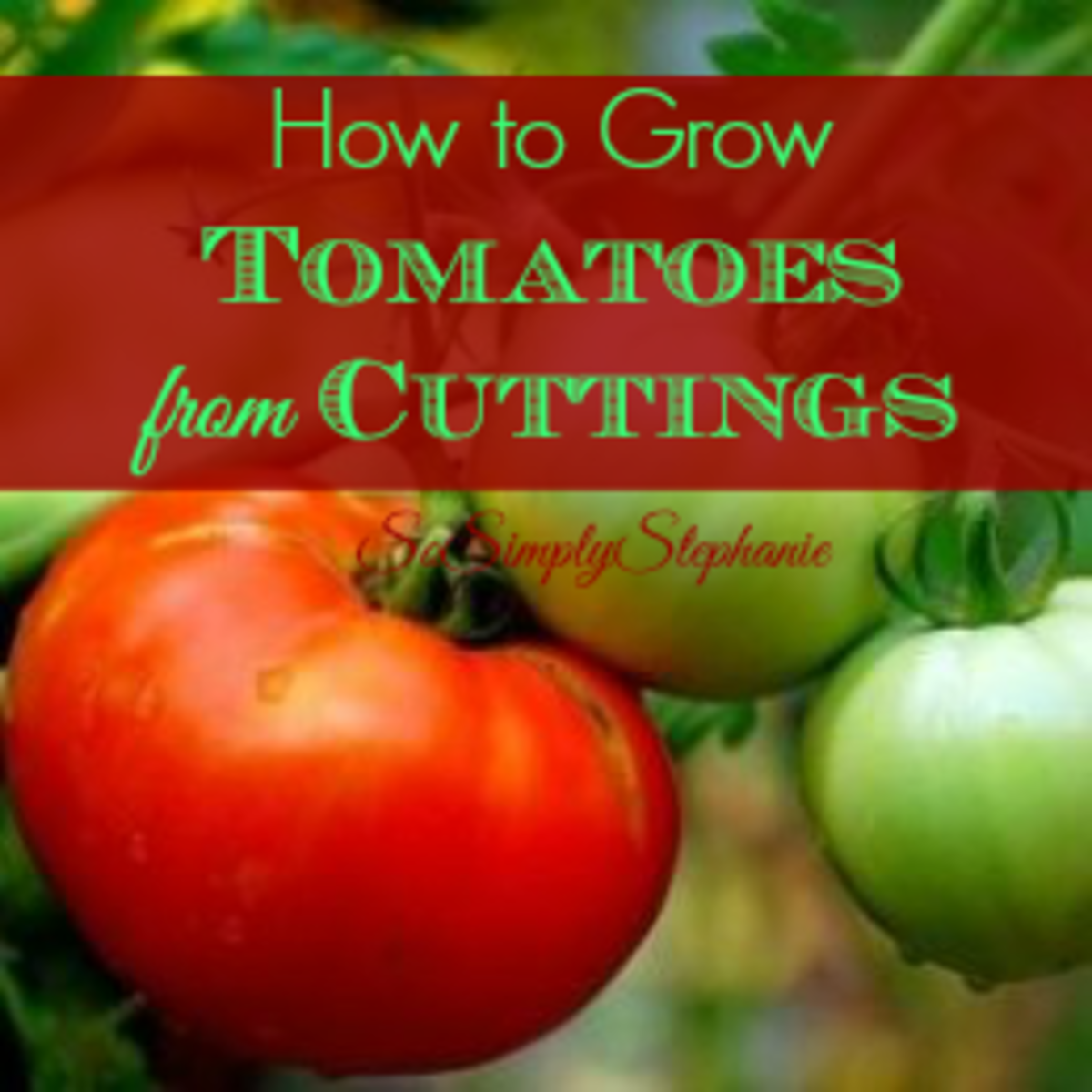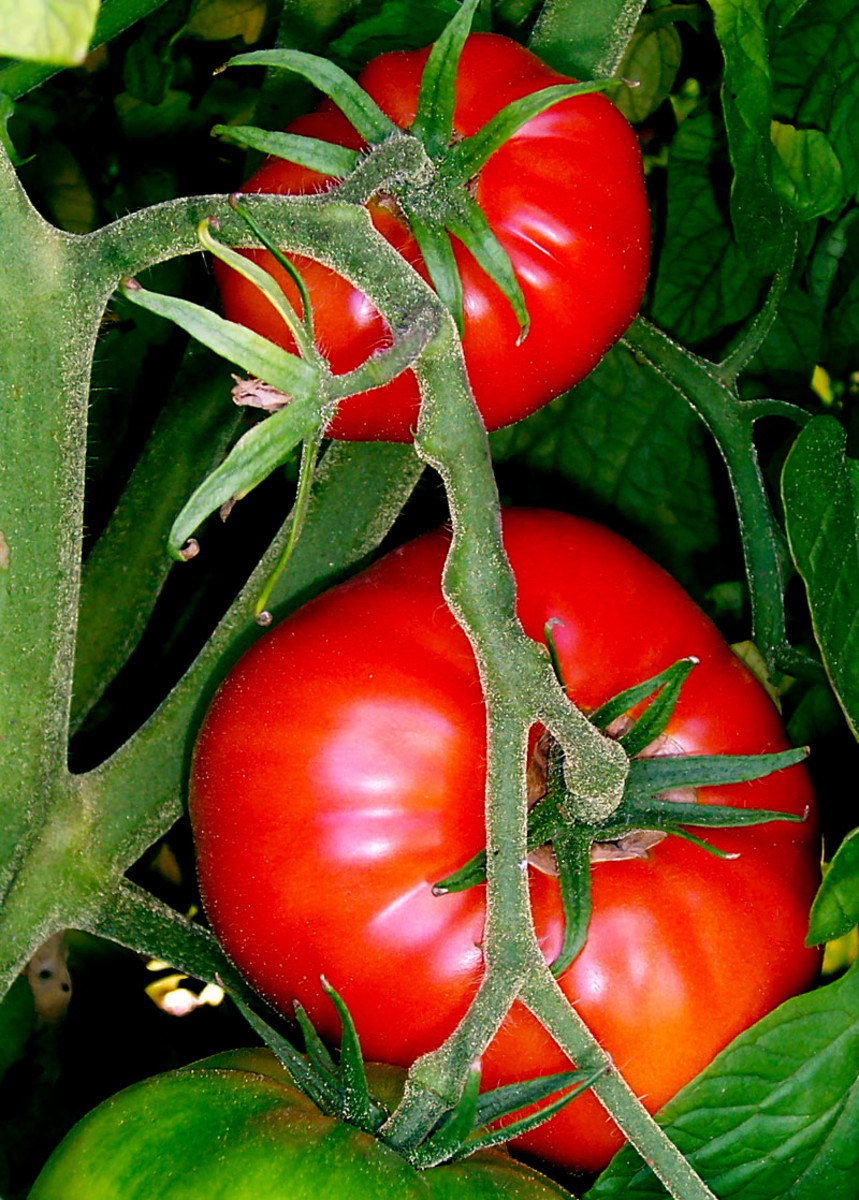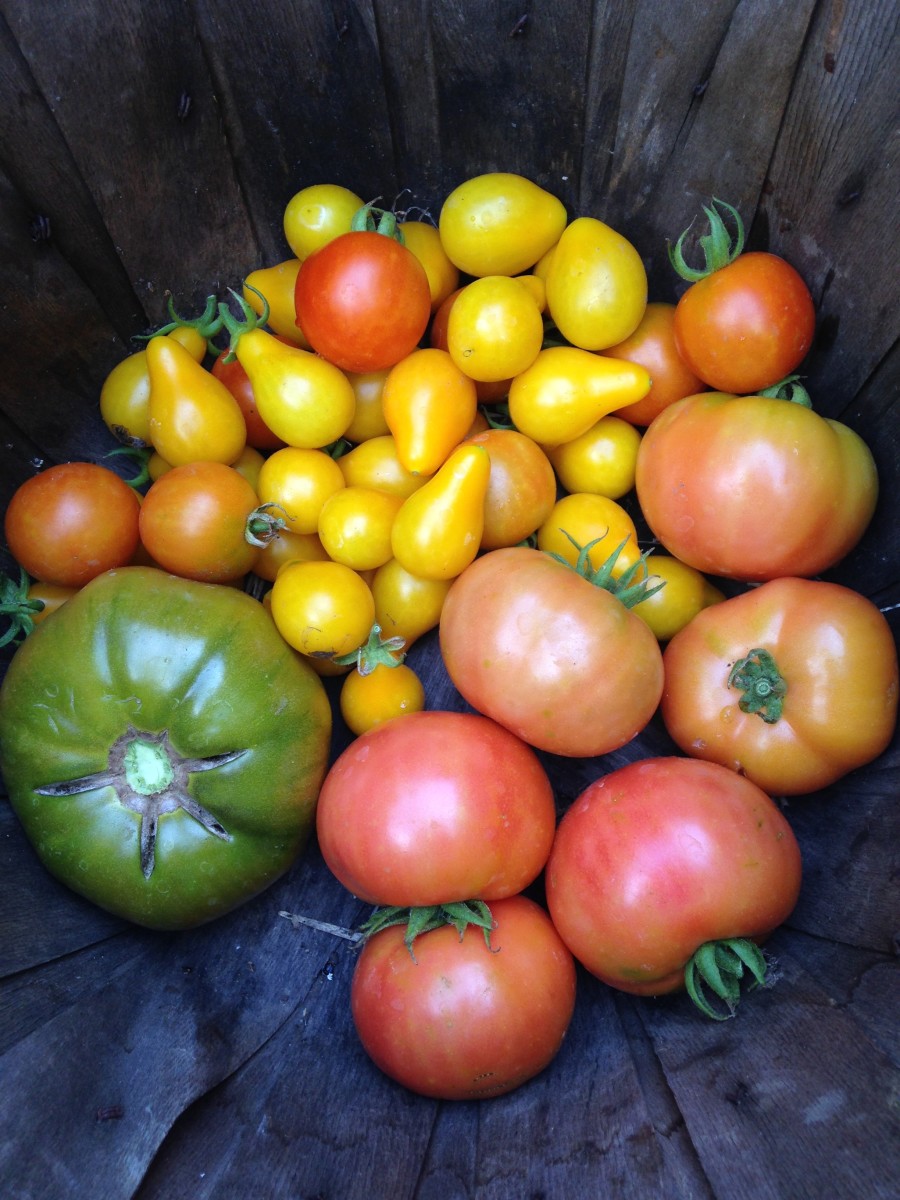How to Stake Tomatoes
Stakes can be used to provide support for growing tomato plants in order to help keep the plants healthy and to ensure a better crop. Learning how to stake tomatoes will help you to produce the biggest, healthiest fruit.
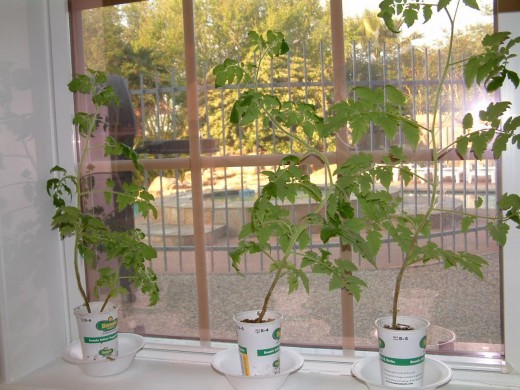
Why Do Tomatoes Need To Be Staked?
Staking up your tomato plants can help keep them healthy and to ensure a good crop. As the tomatoes ripen and grow heavier, they would otherwise pull down the tomato plant and end up lying on the ground. This can and will result in the fruit rotting. Staking up your tomato plants can help to prevent problems with them sagging to the grown and rotting. It can also ensure that you get bigger tomatoes that will ripen much faster. Staking can also help to keep the plants under control and to prevent them from spreading outward.
How to Set Up Stakes
Stakes can be used to provide support for tomato plants in containers or in gardens of any size. The tomato plants will be encouraged to grow upwards up the stake, which will help to keep them off the ground so they will not rot and also to control their growth. Staking tomatoes is the easiest and most popular method of providing support.
Stakes can be wood, metal, bamboo or plastic. Special spiral stakes are available for tomato plants, but you can use any stick or even small branches or twigs that have fallen off trees.
The stakes need to be tall enough to support the fully grown tomato plant, so make sure you check how tall the variety that you are planting is expected to grow.
The stakes should be stuck into the ground to a depth of approximately eight inches. The tomato plants should be about three inches away from the base of the stake.
As the tomato plants grow, the main stem can be tied to the stake using zip ties or twine. You will need to keep adding more ties as they are needed. The plant will then grow up the stake, which will provide the support it needs to stay off the ground.
Setting Up Tomato Stakes
Taking Care of Staked Tomatoes
You should check the plants every day and add additional ties as necessary while the plant is growing. You may also need to add more ties when the tomatoes are ripening, as the extra weight may require additional support. However, you need to make sure that the ties are not too tight, otherwise they could damage the tomato plant.
Pruning the tomato plants so that they only have one main stem can be helpful when growing staked tomatoes. It will ensure that the plants grow up the stake rather than out to the sides. If you do want to allow the plants to grow sideways, for example if you are growing your tomato plants in a confined space such as a greenhouse, then you can add a horizontal support such as a stake or cane, and tie the tomato stalks to this once they reach a certain height. The tomato plants will grow straight up the stake and then turn sideways to grow along the horizontal cane.
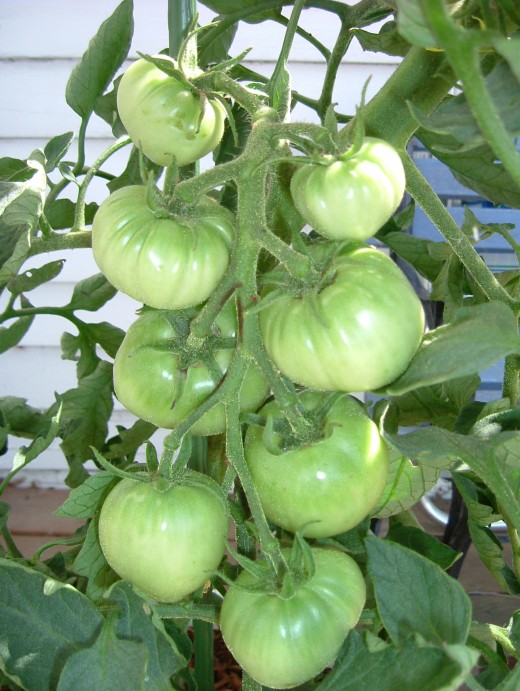
Alternative Methods
Staking is the most common method from keeping tomato plants off the ground, but there are alternatives. It is possible to use a tomato cage or strings instead of stakes. A tomato cage or trellis can be set up around or alongside the tomato plants, providing a supporting structure up which the plants can grow. Strings are another means of keeping tomato plants off the ground. A string is tied to the base of the tomato plant and then to a crossbar overhead. As the plant grows, it will use the support of this string. The plant can be pruned to keep it in shape, but it is also possible to attach extra strings onto any large branches to provide additional support.

